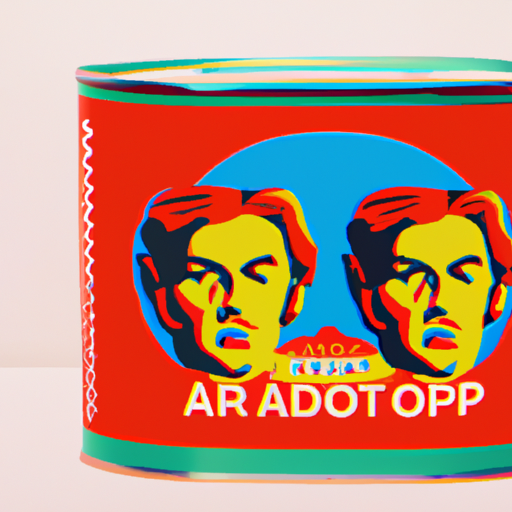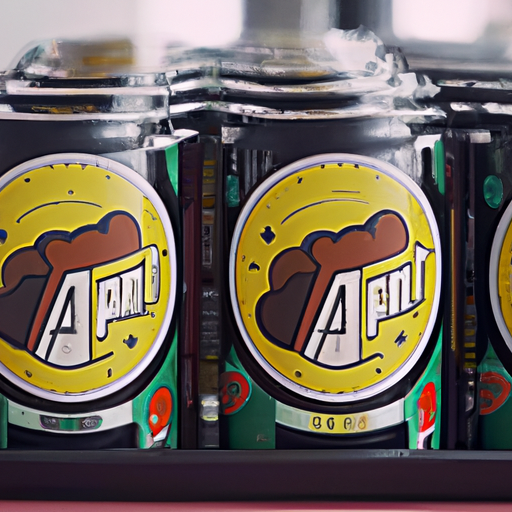
-
Table of Contents
Vintage Packaging Reimagined for Modern Markets

In today’s fast-paced and ever-changing consumer market, brands are constantly seeking new ways to stand out and capture the attention of their target audience. One strategy that has gained significant traction in recent years is the reimagining of vintage packaging for modern markets. By tapping into nostalgia and leveraging the power of retro design, brands are able to create a unique and compelling packaging experience that resonates with consumers. In this article, we will explore the reasons behind the resurgence of vintage packaging, examine successful case studies, and discuss the impact of this trend on modern markets.
The Power of Nostalgia
Nostalgia is a powerful emotion that can transport individuals back to a simpler time and evoke positive memories. It has been proven to have a profound impact on consumer behavior, influencing purchasing decisions and brand loyalty. By incorporating vintage elements into their packaging, brands are able to tap into this emotional connection and create a sense of familiarity and comfort for consumers.
One example of a brand that has successfully leveraged nostalgia is Coca-Cola. The iconic red and white packaging design, which has remained largely unchanged since the 1920s, instantly evokes a sense of nostalgia for many consumers. By maintaining this classic design, Coca-Cola has been able to establish a strong brand identity and build a loyal customer base.
The Rise of Retro Design
Retro design has become increasingly popular in recent years, with many brands embracing vintage aesthetics to differentiate themselves in a crowded market. By incorporating elements such as bold typography, vibrant colors, and intricate illustrations, brands are able to create packaging that stands out on the shelves and captures the attention of consumers.
One notable example of a brand that has successfully embraced retro design is Pabst Blue Ribbon (PBR). The beer brand, which was originally established in 1844, underwent a rebranding in the early 2000s that incorporated vintage elements into its packaging. The use of a retro logo and nostalgic imagery helped PBR appeal to a younger demographic and revive its brand image.
Case Studies: Successful Vintage Packaging Reimagined
Several brands have successfully reimagined vintage packaging to resonate with modern consumers. Let’s take a closer look at some notable case studies:
1. Hershey’s
Hershey’s, a well-known chocolate brand, introduced a limited edition packaging design inspired by its original 1920s packaging. The vintage-inspired design featured a classic logo and nostalgic illustrations, capturing the attention of both loyal customers and new consumers. The limited edition packaging was a huge success, generating significant buzz and increasing sales for the brand.
2. Levi’s
Levi’s, a renowned denim brand, launched a collection of jeans featuring a reimagined version of its iconic 501 packaging from the 1960s. The vintage-inspired packaging included retro typography and graphics, creating a sense of authenticity and heritage. The collection quickly became popular among denim enthusiasts and helped Levi’s strengthen its brand image.
3. Starbucks
Starbucks, a global coffee chain, introduced a series of limited edition coffee cups featuring a retro design inspired by its original logo from the 1970s. The vintage-inspired cups created a sense of nostalgia among customers and became highly sought after collectibles. The limited edition cups not only increased sales but also generated significant social media buzz, further enhancing the brand’s visibility.
The Impact on Modern Markets
The reimagining of vintage packaging has had a significant impact on modern markets. By tapping into nostalgia and leveraging retro design, brands are able to differentiate themselves from competitors and create a unique brand experience. This trend has proven to be particularly effective in attracting younger consumers who are seeking authenticity and a connection to the past.
Furthermore, vintage packaging can also help brands communicate their values and establish a sense of trust with consumers. By evoking a sense of nostalgia, brands can create a perception of longevity and reliability, which can be particularly important in industries such as food and beverages.
Key Takeaways
- Nostalgia is a powerful emotion that can influence consumer behavior.
- Retro design has become increasingly popular in modern markets.
- Successful case studies include Hershey’s, Levi’s, and Starbucks.
- Vintage packaging helps brands differentiate themselves and establish trust.
Conclusion
Vintage packaging reimagined for modern markets has proven to be a successful strategy for brands looking to capture the attention of consumers. By tapping into nostalgia and leveraging retro design, brands can create a unique and compelling packaging experience that resonates with their target audience. The power of nostalgia, combined with the rise of retro design, has led to the resurgence of vintage packaging in various industries. As consumers continue to seek authenticity and a connection to the past, brands that embrace this trend are well-positioned to stand out in a crowded market and build a loyal customer base.
